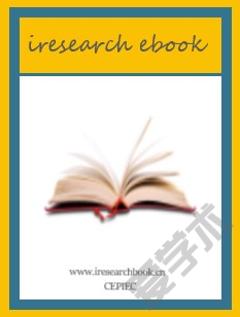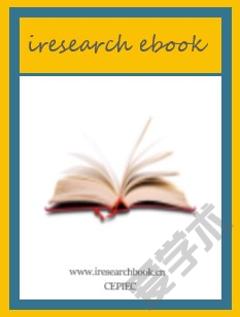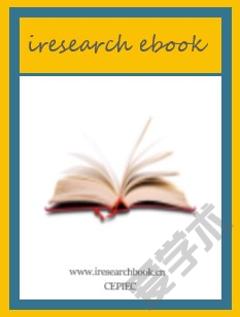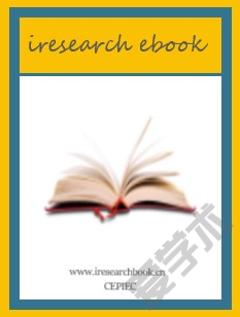The Sacred Books of the East Described and Examined —— Hindu Series; Epic Poems and Puranas; The Ramayana; The Mahabharata; The Vishnu Purana
-----
The title Ramayana, made up of Rama and ayana, means 'the Adventures of Rama.' The poem is said to have been composed by Valmiki, at the command of Brahma, by whom all the details would be revealed to him.Authorship and Date. - Valmiki is said to have begun life as a highway robber, but repenting of his misdeeds, he betook himself to a hermitage on a hill near the junction of the Ganges and Jumna. The Adhyatma Ramayana has the following notice of him:The sage, although a Brahman by birth, associated with foresters and robbers. Attacking on one occasion the seven Rishis, they expostulated with him successfully, and taught him the mantra of Rama reversed, or Mara, Mará, in the inaudible repetition of which he remained immovable for thousands of years, so that when the sages returned to the same spot they found him still there, converted into a valmiki, or ant-hill, by the nests of the termites, whence his name Valmiki.The time when Valmiki lived is uncertain. The poem makes him contemporary with Rama. It is generally supposed to have been composed about five centuries B. C. There is no reference to Rama in the Vedas, the language of which differs by centuries from that of the Ramayana. On the other hand, the Ramayana records no case of Sati, and there is only a single allusion to Buddha, which is admitted not to have been part of the original. When the poem was composed the southern regions of India had not been occupied by the Aryans; but it seems to have received its present form a century or two later.Metre. - In the introduction Valmiki is claimed to be the author of the sloka metre, in which it is composed; but it is also found in the Vedas. It consists of two lines each containing sixteen syllables, or rather of four lines of eight syllables of each, the intervals between the first and second and third and fourth of which are not always so distinctly marked as that between the second and third. It corresponds then roughly to four lines of the octosyllabic metre which will generally be found to reproduce it without, as a rule, either condensation or amplification.
{{comment.content}}








 京公网安备 11010802027623号
京公网安备 11010802027623号